Filed under: Uncategorized
 window seat view after departing Tromsø
window seat view after departing Tromsø
For the past month, we’ve been subject to a wide range of changing circumstances and planetary forces. But one force has been constant— the force of light.
Before visiting the north, we had naively thought that the “midnight sun” would be bright and clear. We thought that our days here would be bathed in light similar to the light we know in New York—only for longer periods of time. We had imagined that we would adapt to that difference easily.
We’ve now come to understand that in the land of the midnight sun, things are a bit more unfamiliar than we had imagined. Here, people talk about the extremes of light as if they were a weather system. The early summer days of our trip have been filled with rain and low hanging, overcast skies. Instead of brilliant clear light, for long string of days we’ve experienced an undifferentiated continuum of grey skies. The light of 2pm has been the same as that of 7am, and that of 4am as well. And this day’s light is the same as yesterday’s and tomorrow’s. It became incredibly challenging (without watches) to determine if time was passing or even if we were tired. The decision to sleep has come less out of exhaustion and more out of randomly realizing “what time it is” and then deciding to close the curtains because of what the mechanical clock says, rather than what the body says. The effects have accumulated. They’ve resulted in a low-grade psychological and physical drain. We’ve shared many conversations about how to manage these effects, and no one seems to have come up with a way to work around what can’t be stopped: no matter the curtains, blinds or T-shirts over the eyes, the light still leaks through, psychologically if not physically. Closed eyelids continue to detect what exceeds our evolved limits regarding light and sleep.
As days ebbed by, we started to wonder about the toll this was taking on our brains/bodies. We were moving more slowly, or perhaps the world was? How might we alleviate this intensifying sensation of disorientation? It felt as if somehow a higher atmospheric pressure was impinging on our bodies at these locations. We couldn’t seem to pull out of our cognitive fog. There must be some kind of polar magnet interfering with our brains. Could there be such a condition as “latitude sickness?” If so, we had it, and it wasn’t the first time.
 midnight sun in Reykjavík
midnight sun in Reykjavík
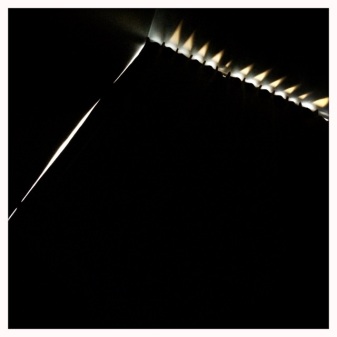 midnight sun in Reykjavík
midnight sun in Reykjavík
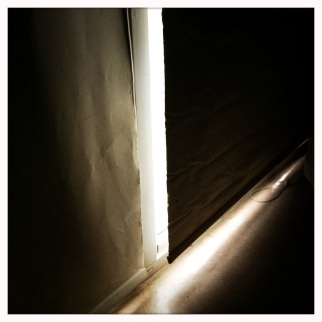 midnight sun in Tromsø
midnight sun in Tromsø
 midnight sun in Oslo
midnight sun in Oslo
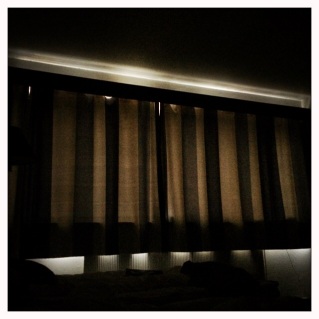 midnight sun in Vardø
midnight sun in Vardø
 midnight sun in Kirkenes
midnight sun in Kirkenes
As the disorientation intensified, it actually helped to deepen our realization that we were, indeed, in “the north.” Its vast space and mythic intensity was sinking in. We were far from the landscapes, ecologies, and daily weather that was so familiar as “home.” Psychological vertigo set in. Timescales, long and short felt as though they were collapsing.
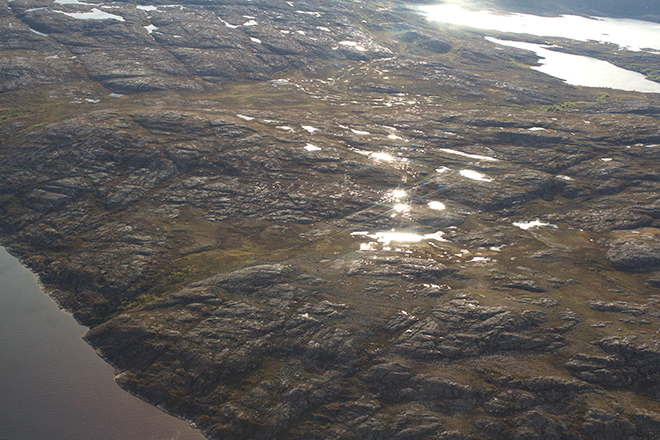 rare moment of light over the Varanger Penninsula
rare moment of light over the Varanger Penninsula
From within our mental haze, we looked out over the Barents Sea and back across rock landscapes that were still rebounding from their dramatic crush by Pleistocene Ice. We imagined into the not so-distance future where the vast, empty spaces around us are filled by new systems of transit and new affordances designed to exploit the changes brought on by the warming climate. For the life span of our species thus far, the north has demarcated an edge of the human world. What lies beyond has acted as a physical limit to human habitation. We felt that we came up against the limits of our own capacities to inhabit this place every day we have been here. Sensing these “local” limits helped us to also sense how we are connected to and embedded within much larger, even planetary contexts of limits.
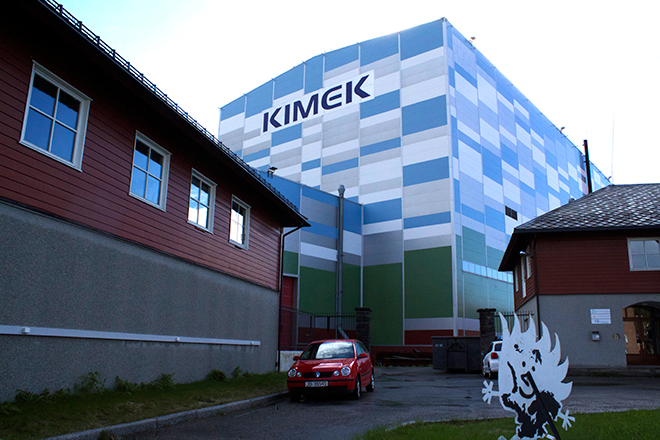 shipyard in Kirkenes
shipyard in Kirkenes
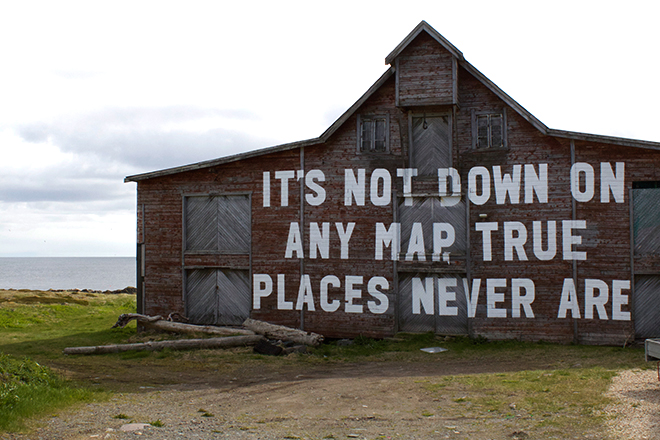 Vardø
Vardø
At these far north edges of space and time, borders between Norway, Russia, Finland, and Sweden are less distinct, and the temperatures are warming. More people will be arriving, along with their affordances. There are harbors preparing now for the opening of the Northeast Passage and the resulting new “opportunities.” Fishing industries that collapsed decades ago are coming back again as fish such as cod migrate to cooler northern waters. But as warming continues, the cod will likely keep heading even farther north, leaving another round of economic bust in their wake.
It seems to us that as resources along these northern coasts and offshore are exploited, “the north” will become less of one sort of edge—known until now as the Ultimate Thule, the end of the world—even as it becomes more of another sort of edge—the edge of big, fast-moving regional change that will ramify southwards and around the globe.
For our research for Future North, we’ve attempted to bring an aesthetic framework to the task of addressing incredibly challenging and complex contexts of change in the north. As guest researchers who are passing through towns and landscapes that home to local people, we realize now that for the past month, we have been living an equivalent to what is now arriving as our planet’s strange “present.” In many ways, we are all strangers now, even in our local landscapes, and our home landscapes are becoming strangers to us. Wild deviations from the familiar norms of our home places are becoming more frequent and straying farther and farther from known models for prediction. Compounding strangeness is not specific to the north, but it is particularly intense here.
As residents of the 40th parallel, our contribution to the Future North project, perhaps, was to bring with us a perspectival distance and difference that comes from being from elsewhere — the elsewhere that is quickly becoming everywhere.
The local relays into the global, the past and present relay into the far future. As guest researchers, and in comparison to the deep, rich, highly nuanced local histories and practices we glimpsed, we were two humans passing through. We have attempted to acknowledge and respect these realities, while asserting that what is unfolding here is not separate from what is unfolding (strangely) elsewhere, be it the wildfires of New Mexico, the rising seas in New York City, or the urgent cultural adaptations unfolding in Japan.
 slag outside the Sydvaranger iron mine in Kirkenes
slag outside the Sydvaranger iron mine in Kirkenes
As strangers in our local landscapes, how might we turn brains, bodies and spirits toward the vastly different planetary realities now arriving? How do we scale to changes that aren’t in sync with the physical, cognitive, and cultural structures that we have evolved? The psychological effects of big, fast planetary change are real. This reaffirms our sense that making our physical and psychological states sturdy enough to navigate change as gracefully as possible is a highly individual and personal task.
The stories that we tell ourselves along the way, while we are in the midst of big fast change, will be highly consequential. Turning at the Limits of the World is our attempt to invent a meaningful way to inhabit the changes that are already unfolding, and to prepare for those to come. With it, we try to cultivate an awareness of the limits we have already crossed. And we try to move meaningfully with the material realities that compose the present moment.
What difference might the Future North project return to the changing north it encountered?
 Vardø
Vardø
all images this post FOP 2014
______
*We are deeply grateful to Future North collaborators and the inspiring people we have met, learned from, and been hosted by over the past month. Sincere thank you to: the Future North team, Tanya Busse and Jet Pascua at Small Projects, Åsa Sonjasdotter, Lindsay Bremner, Pikene på Broen staff, students at AHO, Tromsø Academy of Landscape and Territorial Studies, Tromsø Academy of Contemporary Art, Hilde Methi, Annette Wolfsberger, Dominic Gorham, Svein Harald Holmen, Aurelien Gamboni, Marit Nøkleberg, Christian Fredrik Eriksen.
2 Comments so far
Leave a comment






Wonderful piece, Liz and Jamie. Just three days of being in Tromso made me greyly depressed! I was so delighted to welcome warm London sun through my window the morning I got home.
Comment by bremnerl54 06.21.2014 @ 7:29 amI think you captured a very important insight in your posting. Very thought provoking! Durl
Comment by Durl Kruse 06.21.2014 @ 10:17 pm